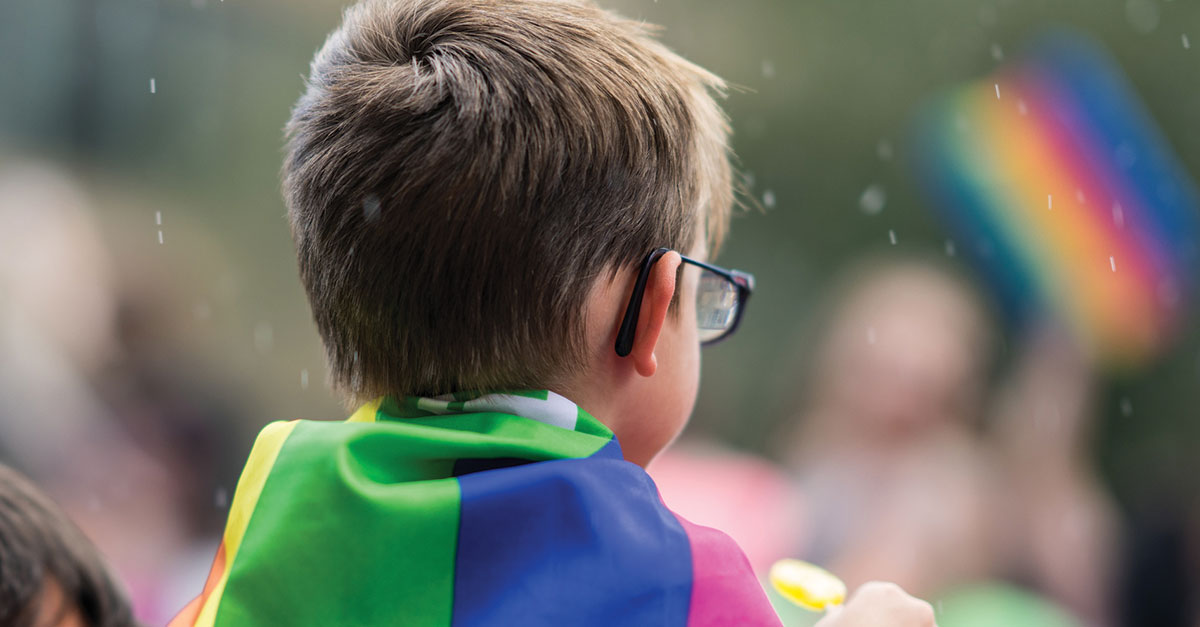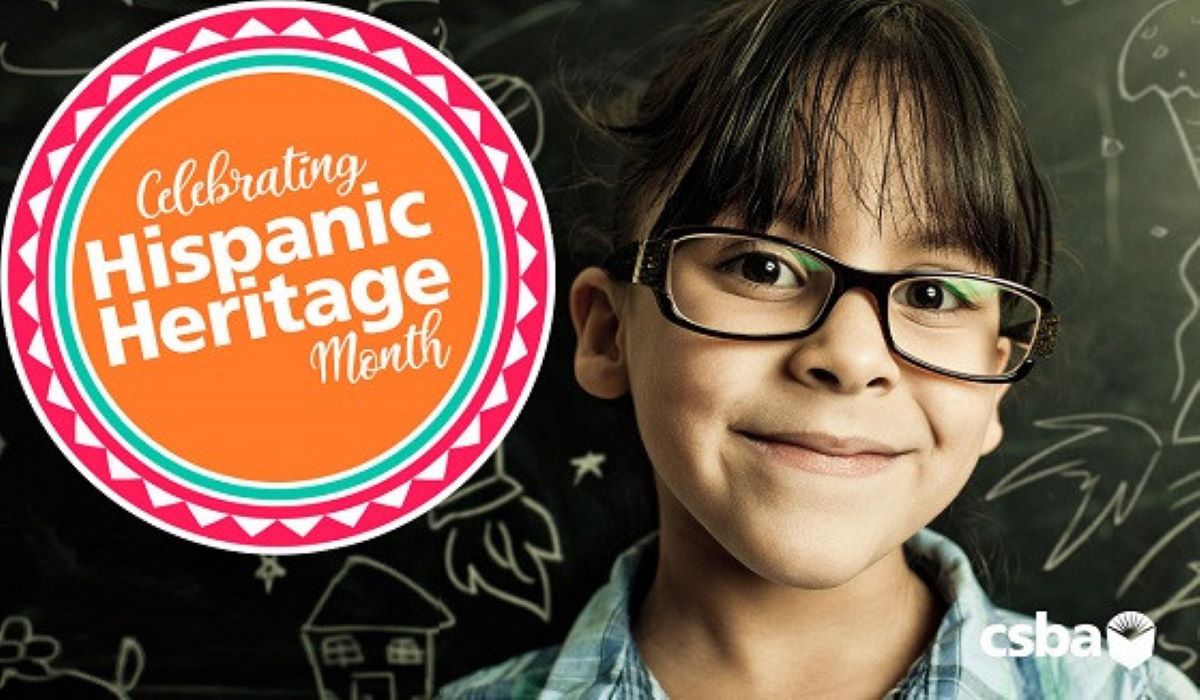In observance of National Coming Out Day and National Youth Substance Use Prevention Month, the U.S. Department of Education held a webinar on Oct. 25 to provide resources to support substance use prevention efforts for LGBTQ students as well as strategies to promote positive school climates and student well-being.
The webinar, which can be viewed here, included speakers from the Office of Elementary and Secondary Education’s Office of Safe and Supportive Schools, the Office of National Drug Control Policy, the Centers for Disease Control and Prevention and the Substance Abuse Mental Health Services Administration.
Experts noted that secondary schools throughout the country too often remain unsupportive and unsafe for LGBTQ students.
“LGBTQI+ youth experience significant inequities related to elevated rates of mental illness and substance use, not because of their identities, but because of factors such as stigma, negative social attitudes, systemic barriers and healthcare, rejection from families, caregivers, and others, as well as from bullying and harassment and lack of support within schools and communities,” said Arlin Hatch, senior psychologist serving in the Office of the Director within the Center for Substance Abuse Prevention (CSAP). “Youth of diverse sexual orientation and gender identity can adapt, thrive, and experience resilience despite high levels of stress and adversity. And just one supportive adult such as a family member, a teacher or mental health provider can have a positive impact. The support can reduce adverse mental health outcomes such as suicide. And family, peer, school and community support promote better mental health and can lead to positive development and resilience. Resilience is also promoted through inclusive and supportive policies.”
Earlier this year, the Substance Abuse Mental Health Services Administration (SAMHSA) released a report, Moving Beyond Change Efforts, Evidence and Action to Support and Affirm LGBTQI+ Youth, which reviews both effective and ineffective therapeutic practices related to youth of diverse sexual orientation and gender identity and provides an updated evidence-based roadmap for supporting and affirming LGBTQ youth, Hatch said. The report also offers guidance and highlights resources for healthcare providers, educators, families and community leaders to reduce behavioral health inequities.
Karen Voetsch, branch chief for the Drug-Free Communities Program at the National Center for Injury Prevention and Control at CDC, noted that overall, youth substance use trends are going in the right direction but that there continue to be disparities between heterosexual and LGBTQ youth.
According to 2021 Youth Risk Behavior Survey data, 22 percent of LGBTQ students currently used marijuana compared to 14 percent of their heterosexual peers, and 26 percent of LGBTQ students currently drank alcohol compared to 22 percent of their heterosexual peers. Twenty-one percent of LGBTQ youth report having used high-risk substances such as cocaine, heroin or methamphetamines, and 11 percent said they currently were misusing prescription opioids compared to 4 percent of their heterosexual peers.
The survey also found 69 percent of LGBTQ youth reported having persistent feelings of sadness or hopelessness, and 45 percent reported seriously considering attempting suicide.
“Although we’ve shown some pretty alarming data and some concerning data, I do want to mention that many LGBTQ+ youth thrive during adolescence, but that we all need to recognize that stigma, discrimination, and other factors can lead to the increased risk for negative health and life outcomes,” Voetsch said. “All young people do better in LGBTQ-inclusive schools. So, schools and policies and practices that benefit young students or young people that identify as LGBTQ+ also benefits heterosexual students. And … if there are policies and practices that negatively affect the health of LGBTQ+ students, they’re also harming heterosexual students, and we find when there are supportive policies and practices in place, there’s less emotional distress, less violence and harassment and less suicidal thoughts and behaviors.”
Resources
- Creating Inclusive and Nondiscriminatory School Environments for LGBTQI+ Students, U.S. Department of Education
- Drug-Free Communities Coalitions, CDC
- Supporting LGBTQ Youth, CDC
- Supporting LGBTQI+ Students Experiencing Homelessness, National Center for Homeless Education
- Improving Care for LGBTQ+ Communities, Center of Excellence
- A Practitioner’s Resource Guide: Helping Families to Support Their LGBT Children, SAMHSA
- Report on Indicators of School Crime and Safety, Bureau of Justice Statistics





